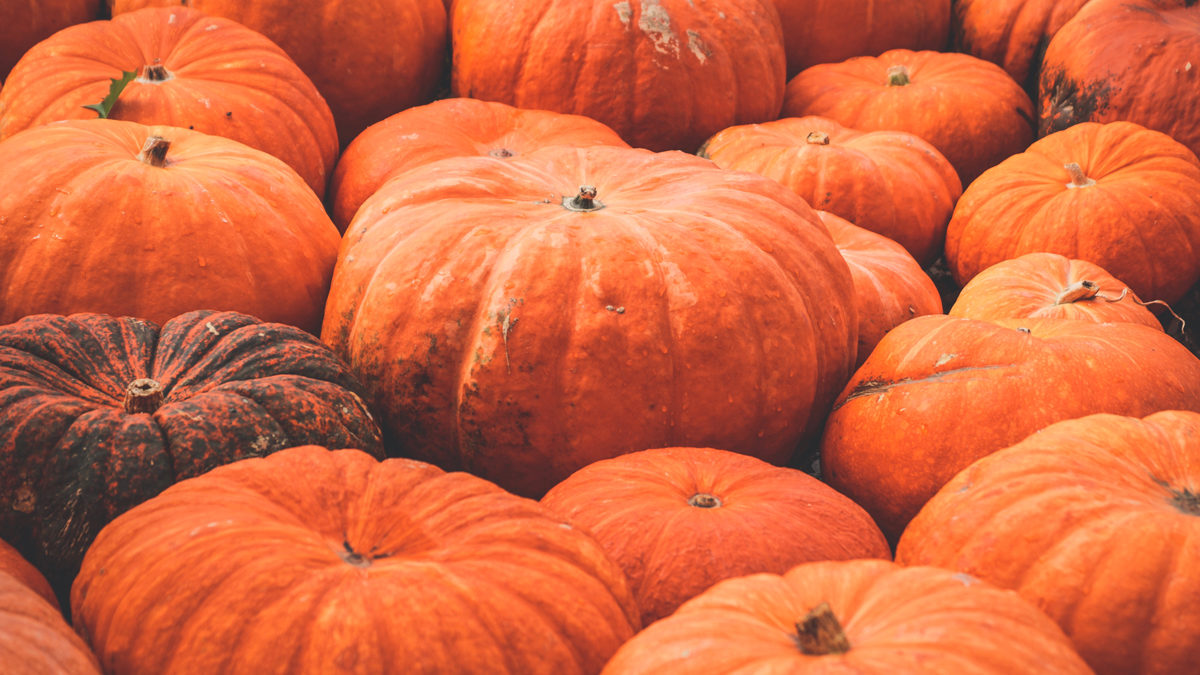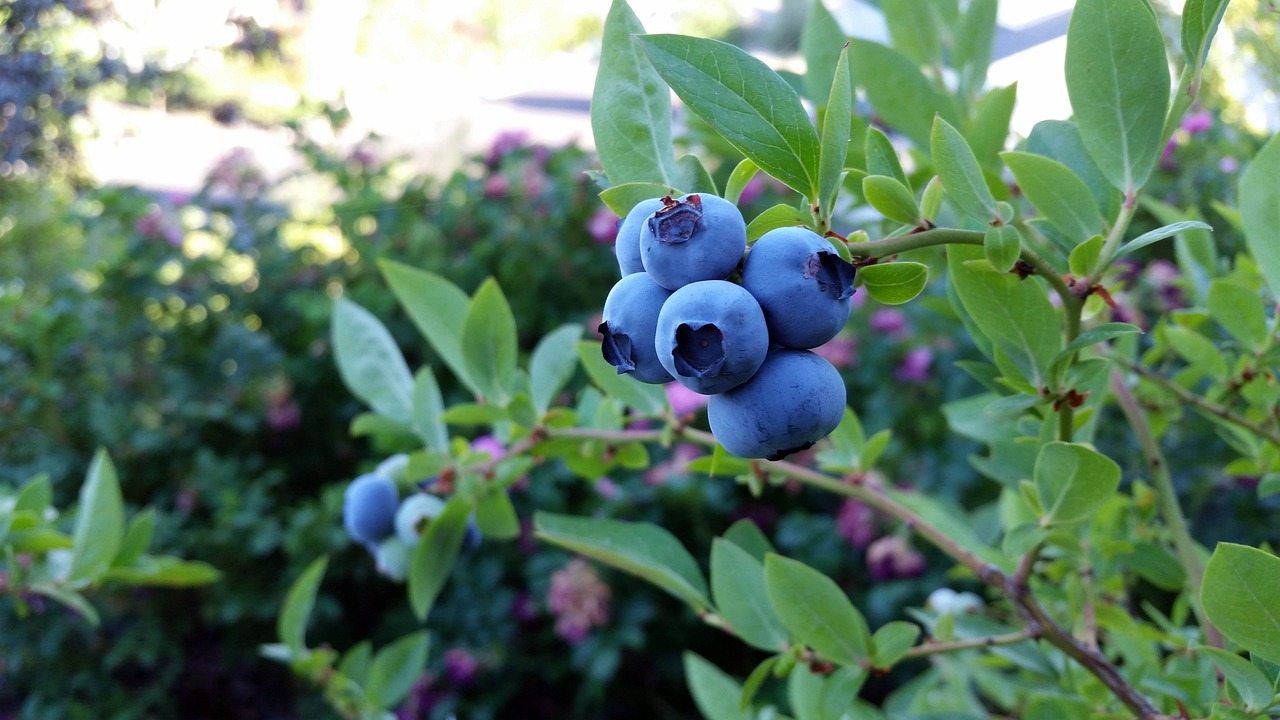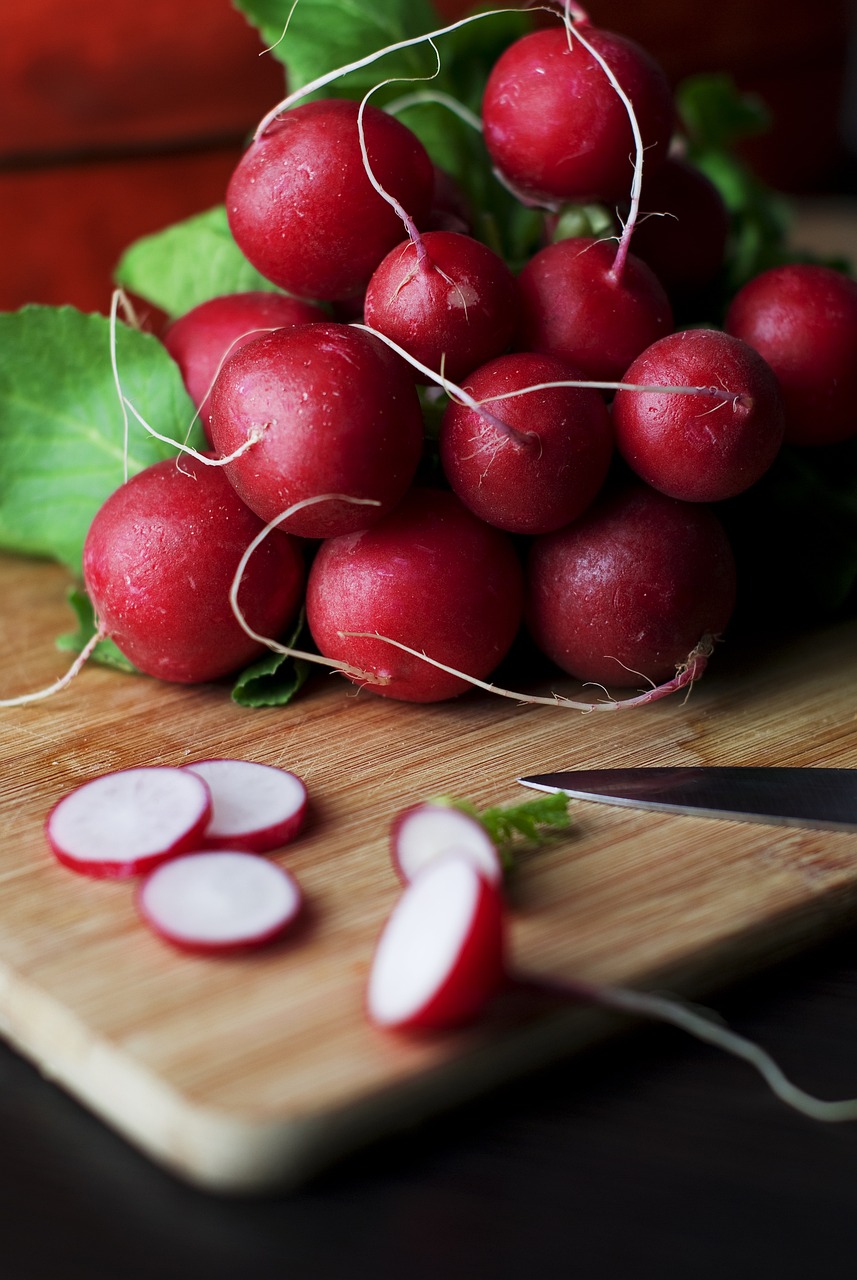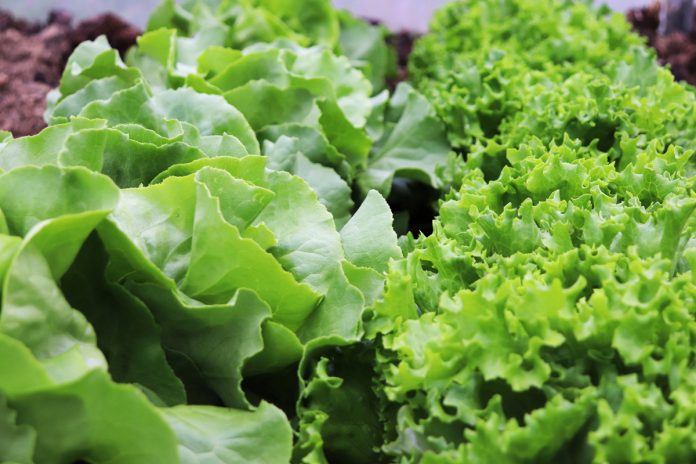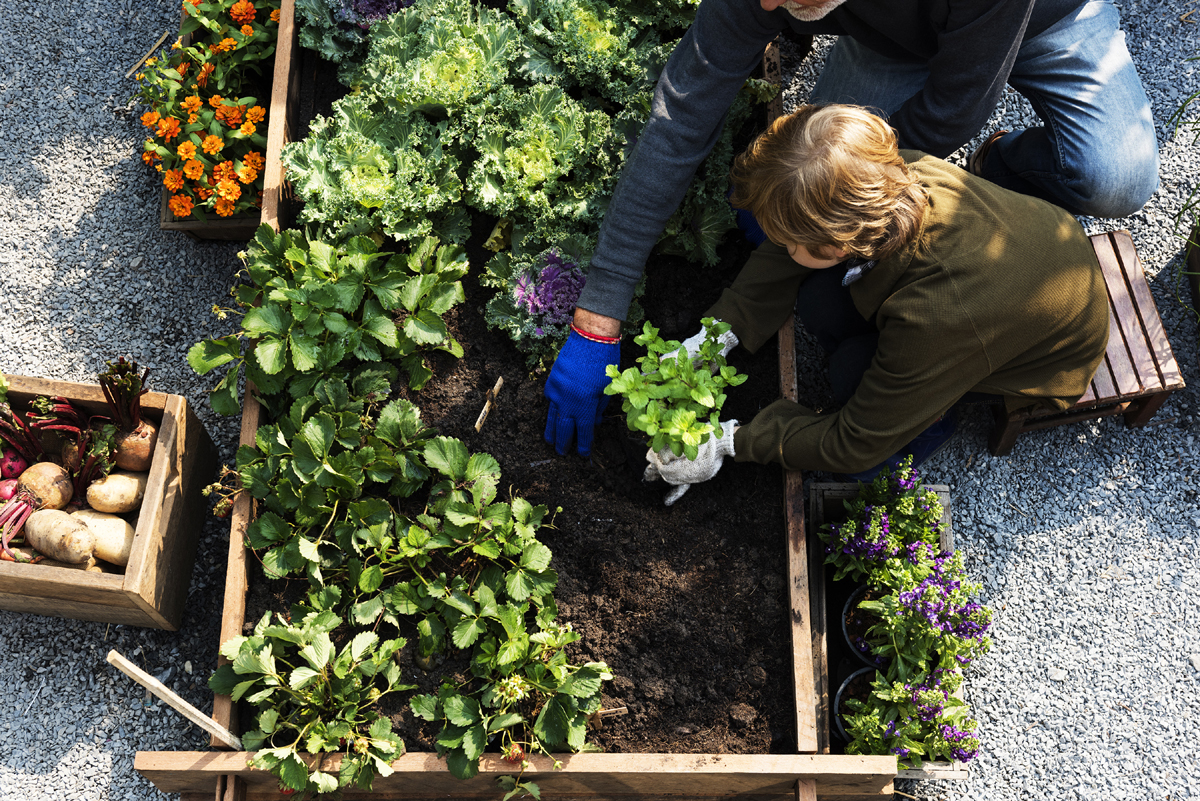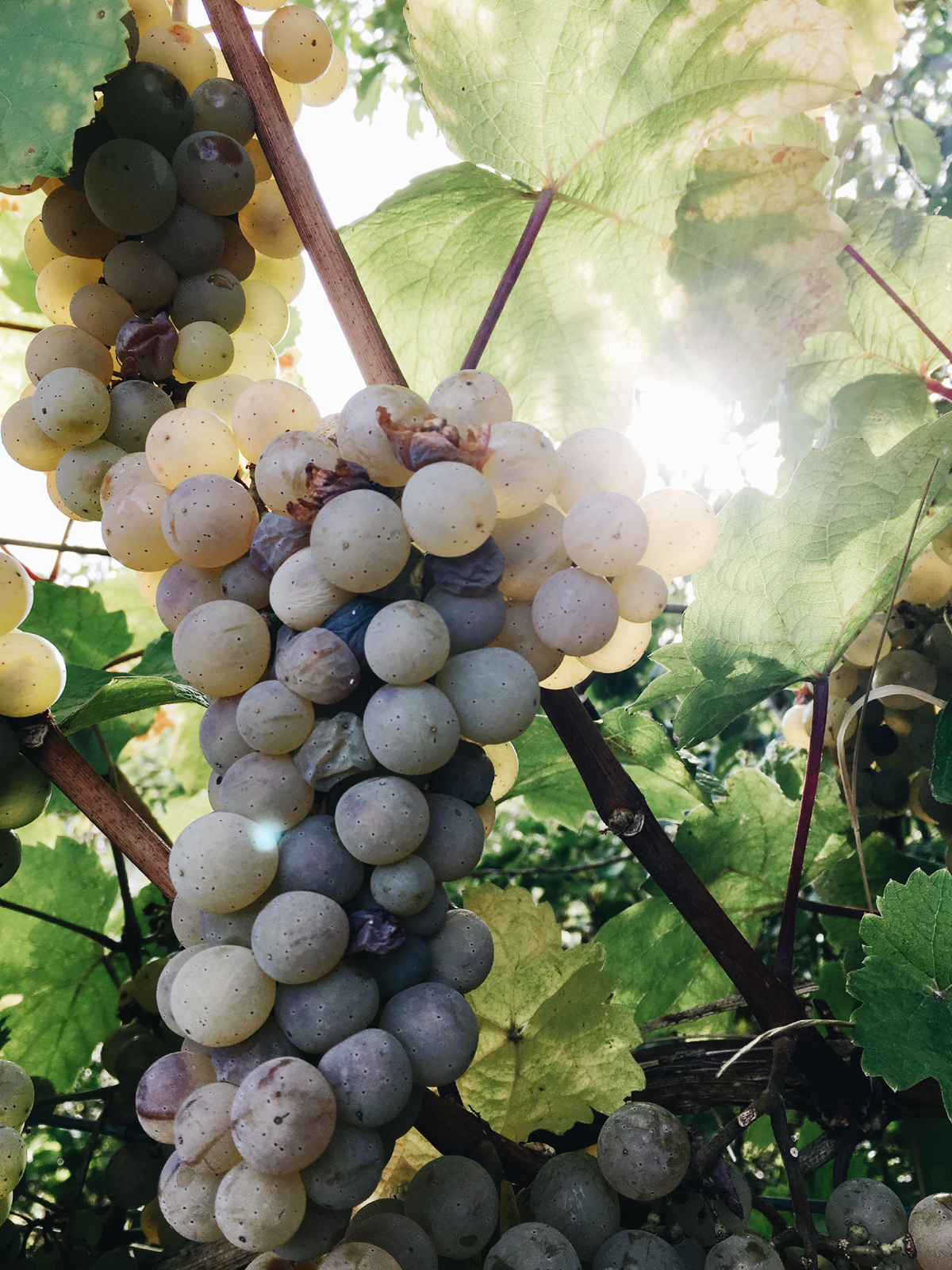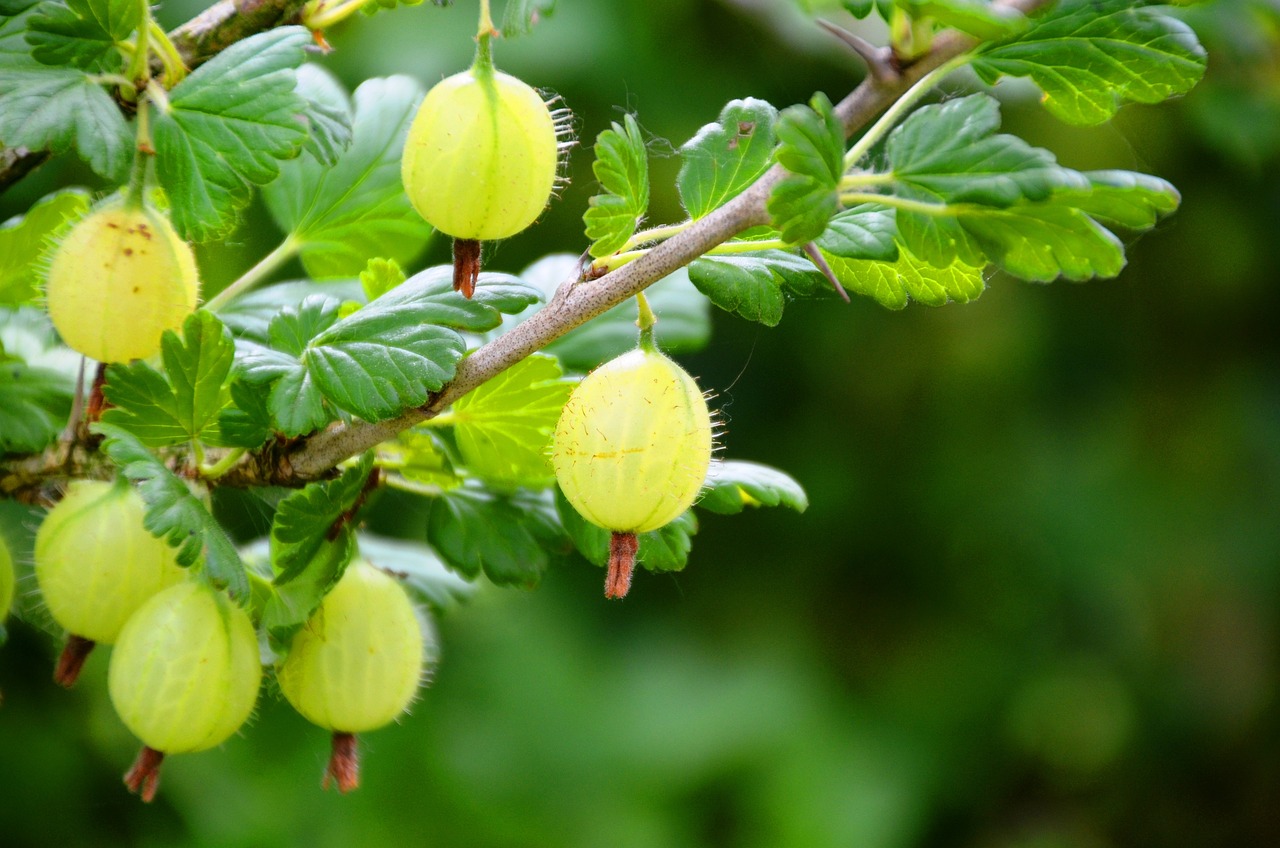How to Grow Cauliflower – Things to Consider in Growing High Quality Cauliflower
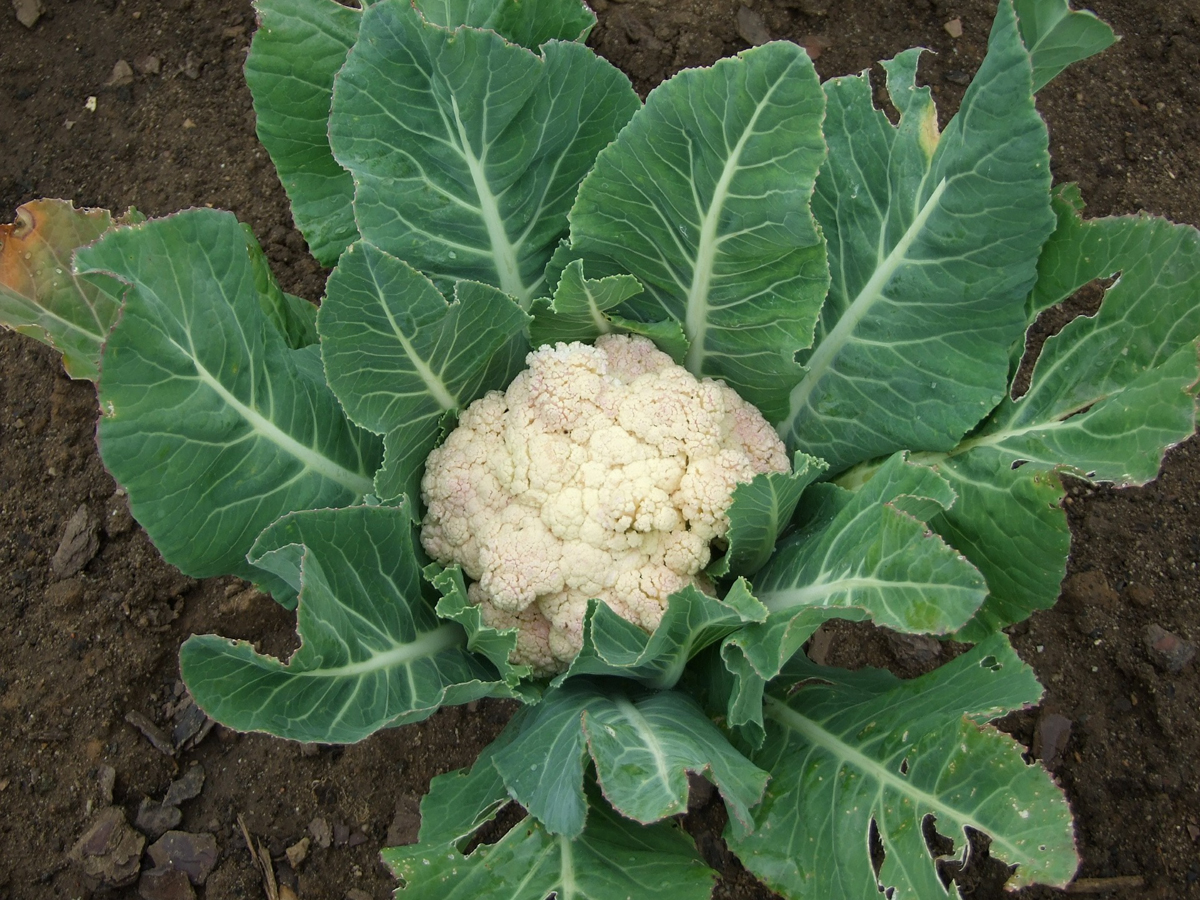
Cauliflower seem to have the reputation of being hard to grow. I say, much of the success in growing cauliflower has something to do with the preparation. If you want to expect good harvest, you need to put in the effort of learning how to grow cauliflower properly.
If you’re just starting a garden, I’d suggest against growing cauliflower. Having said that though, I still find many reasons why a grower should just at least give growing cauliflower a try. First, they’re packed with nutrients, they look good and there’s something definitely fulfilling in harvesting a vegetable that’s quite tedious to grow.
So if you’d like to give it a go, here are the basic practical guide to growing cauliflower successfully:
Preparation
Preparation, in this case, is everything. Most failures probably stem from the fact that most people did not take the necessary preparation in order to grow cauliflower.
First thing you have to prepare is the soil. This is very essential. You have to make sure that the soil has a pH of at least 6.0 and at most 7.0. If your soil did not meet that criteria, you may add sulfur to lower it or lime to increase the pH.
Another thing, you have to see to it that the soil is well drained. It has to have plenty of organic elements as well. If not, you can add compost or organic fertilizers to it.
Sowing
Cauliflowers are highly intolerant of harsh weather. You have to see to it that you’re going to start the seed right before the last frost. Ensure that you are able to maintain moderate temperature for the growing seedling.
Once the seedlings are about 6 inches tall, it’s all set for transplanting into the garden. Make sure that outside temperature is at about 50 degrees F. Set them on hole at the garden plot. Cover it with soil at just a little beneath its bottom leaves.
Care
There are several things you need to keep in mind for the proper care of cauliflowers. For one, you have to remember that these plant need firm soil to thrive in. So while you need to cultivate the soil to keep the weeds out, don’t cultivate deeply and overdo it.
Additionally, cauliflowers, in order to retain its white color, has to be treated through a process called blanching. This done when the button of the plant is about the size of an egg.
Water the plant regularly. Cauliflowers must never run short of water. Make sure the soil is always moist.
Lastly, lookout for the common problems and pests that can plague your cauliflowers. Two common pests are caterpillars and aphids. Also be on the lookout for birds like sparrows and wood pigeons.
The Author:
StartaGarden

